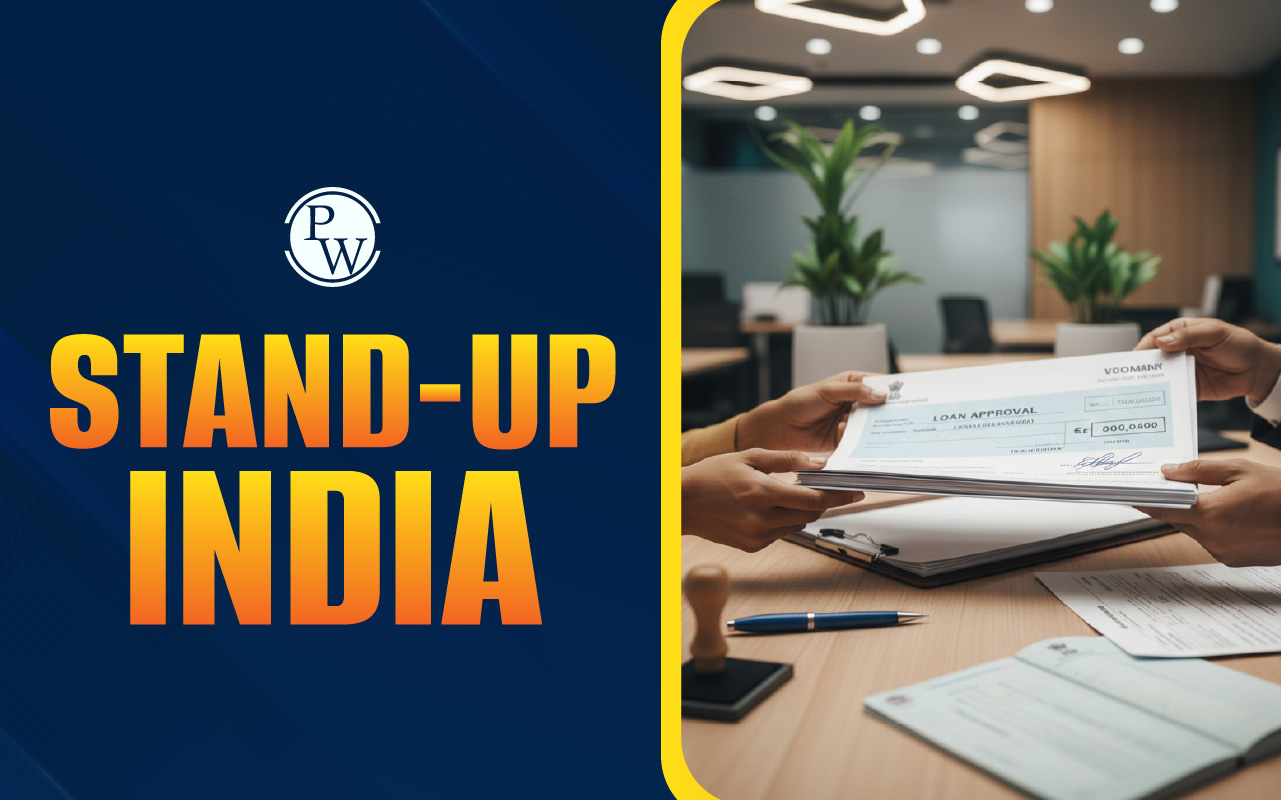
World Day Against Child Labour, marked annually on June 12, is a global call to action to end the exploitation of children in the workforce. Since its inception in 2002, this observance has focused on building a world where children are free to thrive—learning, growing, and living with dignity, not burdened by labor. It aligns with Sustainable Development Goal (SDG) 8.7, which targets the elimination of child labour in all its forms by 2025. Shockingly, around 152 million children—nearly 1 in 10 worldwide—are still trapped in child labour. This alarming reality fuels the urgency to act. The day unites governments, communities, organizations, and individuals in reaffirming a powerful message: every child deserves a childhood, not a job.
World Day Against Child Labour 2025
World Day Against Child Labour is observed every year on June 12. It serves as a reminder that millions of children across the world are still trapped in various forms of child labour. The day calls upon governments, employers, civil society, and individuals to join forces and eliminate child labour.
In 2025, the day holds special importance. As global progress towards ending child labour slows, there is an urgent need to re-energise efforts. This day provides a platform to discuss the latest trends, celebrate achievements, and identify gaps that must be addressed.
| World Day Against Child Labour 2025 Overview | |
| Date | 12 June 2025 |
| Organized By | International Labour Organization (ILO) |
| First Observed | 2002 |
| Objective | Raise awareness and mobilize action to eliminate child labour globally |
| 2025 Focus | Release of new global estimates and trends on child labour by ILO and UNICEF |
| Theme | Progress is clear, but there's more to do: let’s speed up efforts! |
| Key ILO Conventions | Convention No. 138 (Minimum Age), Convention No. 182 (Worst Forms of Child Labour) |
| Global Child Labour Estimate | About 160 million children (approx. 1 in 10 globally) engaged in child labour, nearly half in hazardous work |
| SDG Target | SDG 8.7 – End child labour in all its forms by 2025 |
| Significance | Highlights the need for prevention, protection, and partnerships to eliminate child labour |
| 2025 Milestone | Launch of updated global data to guide policy and renewed commitment |
World Day Against Child Labour 2025 Theme
The theme for World Day Against Child Labour 2025 is “Progress is clear, but there’s more to do: Let’s speed up efforts!”. This year’s theme emphasises that while many countries have successfully reduced instances of child labour, millions of children continue to face exploitation. Now, World Day Against Child Labour 2025 calls for clear, collective and sustained efforts to ensure every child enjoys their right to education, play, and a safe childhood.
History of World Child Labour Day
The World Day Against Child Labour was first launched by the International Labour Organization (ILO) in 2002. The initiative was part of a broader global campaign to eliminate child labour. The ILO has long advocated for international labour standards to protect children with two key conventions:
-
ILO Convention No. 138: Establishes the minimum age for employment.
-
ILO Convention No. 182: Prohibits the worst forms of child labour.
Over the years, this observance has grown into a significant global event which draws attention to updated data, showcases good practices, and mobilises new action across governments, employers, and communities.
Child Labour in India
India, despite progress, continues to face serious child labour challenges. According to the 2011 census, 11.8 million Indian children aged 5 to 17 were engaged in child labour, many in hazardous conditions. Children in India work in sectors such as:
-
Agriculture
-
Construction
-
Brick kilns
-
Carpet weaving
-
Mining
-
Restaurants and tea shops
Credit: UNICEF
Poverty, lack of access to education, and social discrimination are the root causes. Often, families are forced to rely on their children’s earnings for survival. However, various government and NGO initiatives are working hard to rescue children and provide them with education and rehabilitation.
Article 24 of Indian Constitution
Article 24 of the Indian Constitution guarantees protection to children from hazardous employment. It states:
|
24. Prohibition of employment of children in factories, etc. No child below the age of fourteen years shall be employed to work in any factory or mine or engaged in any other hazardous employment. |
This provision is a fundamental right under the Constitution and is critical to safeguarding children from exploitation. It forms the legal foundation for many child labour laws and government policies.
Law Against Child Labour in India
India has developed a comprehensive legal framework to address child labour, known as the Child Labour (Prohibition and Regulation) Act, 1986, amended in 2016. This law expanded the list of hazardous occupations from 18 to 124. Other than this, this law introduced stricter penalties:
-
First offense: 3–12 months imprisonment + ₹10,000–₹20,000 fine.
-
Repeat offense: 6–24 months imprisonment
In addition, children are entitled to free and compulsory education under the Right to Education (RTE) Act, 2009. The combination of these legal protections aims to reduce child labour and promote education.
Government Initiatives Against Child Labour in India
India has implemented several targeted initiatives to eradicate child labour, which include:
-
National Policy on Child Labour (1987): It focuses on removing children from hazardous work, rehabilitating them, and promoting education.
-
National Child Labour Project (NCLP): Launched in 1988, NCLP is a central sector scheme fully funded by the Government of India through the Ministry of Labour and Employment. The scheme aims to eliminate all forms of child labour by:
-
Identifying and withdrawing children from child labour in targeted districts.
-
Providing withdrawn children (primarily aged 9–14) with non-formal or bridge education, vocational training, midday meals, a monthly stipend, and healthcare.
-
Withdrawing adolescents (14–18) from hazardous occupations.
-
District Project Societies (DPS): Headed by the District Collector or Magistrate, oversee implementation at the district level, coordinating with NGOs, government departments, and local bodies.
-
Monitoring & Reporting: In 2017, the government introduced the PENCIL Portal (Platform for Effective Enforcement for No Child Labour) to monitor the status of rescued children, allow citizens to report violations, and enhance coordination between various stakeholders.
Global Efforts to Combat Child Labour
The fight against child labour is a global priority. Multiple international organisations, governments, and NGOs contribute through various strategies:
-
The International Labour Organization (ILO) drives international action through conventions and global campaigns.
-
The United Nations Sustainable Development Goals (SDGs) aim to eliminate all forms of child labour by 2030.
-
The Durban Call to Action, adopted on 20 May 2022, pledges to intensify efforts to end all forms of child labour, uniting governments, organisations, businesses, civil society, and children in a shared commitment.
-
International NGOs such as Save the Children, World Vision, and Bachpan Bachao Andolan conduct rescue missions, awareness campaigns, and rehabilitation efforts.
-
Public-private partnerships work with businesses to remove child labour from supply chains.
As part of global cooperation, countries share best practices and develop new tools to track and eliminate child labour.
World Day Against Child Labour 2025 Significance
World Day Against Child Labour 2025 focuses on accelerating efforts, reflecting a shared understanding. This day is crucial for:
-
Global Awareness: It raises international awareness about the ongoing issue of child labour and the urgent need to protect children's rights.
-
Policy Focus: Encourages governments to strengthen laws, policies, and enforcement mechanisms to eliminate child labour.
-
Stakeholder Mobilization: Unites governments, NGOs, businesses, and communities to take collaborative action toward eradicating child labour.
-
Child-Centered Advocacy: Gives a platform for children’s voices to be heard, emphasizing their right to education, safety, and dignity.
-
Progress Evaluation: Offers a moment to review progress, share best practices, and align with global goals like SDG Target 8.7 to end child labour by 2025.
To sum up, World Day Against Child Labour 2025 is a powerful call to action. While progress is visible, millions of children still need protection. Stronger enforcement of laws, better access to education, and community awareness are crucial to achieving this goal.
Explore UPSC courses by Physics Wallah to gain deeper insights into India’s constitutional, legal, and policy framework!
World Day Against Child Labour 2025 FAQs
What is the date of World Day Against Child Labour 2025?
What is the theme of Child Labour Day 2025
What does Article 24 of the Indian Constitution state?
What is the main law against child labour in India?
What is the National Child Labour Project (NCLP)?

UPSC Coaching






